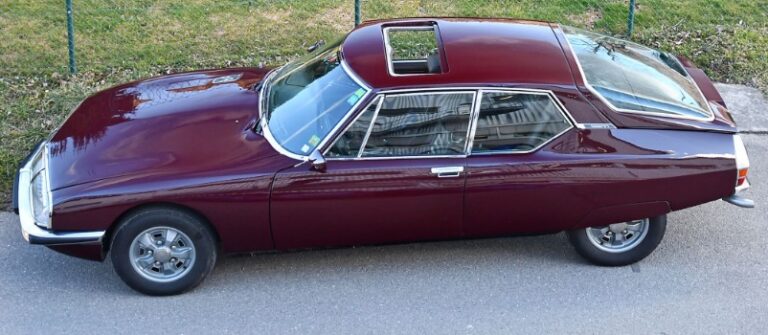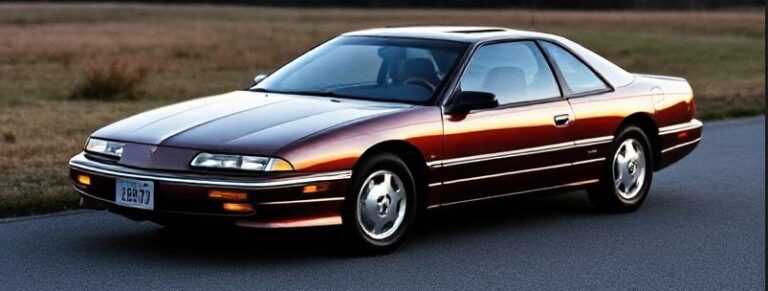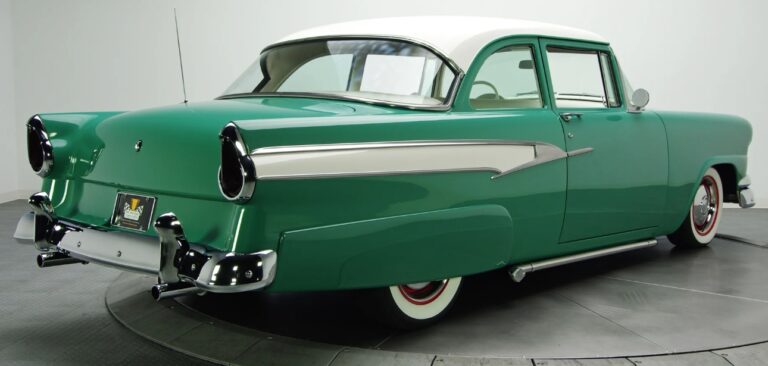The Evolution of Pontiac Astre: The Subcompact’s Ascent and Swift Sunset
The Pontiac Astre, a name that evokes a sense of forgotten history, represents a fascinating, albeit brief, chapter in the history of General Motors. This subcompact, born of economic necessity and a desire to compete in a changing automotive landscape, arrived on the scene with a spark of promise before fading away almost as quickly as it appeared. This article explores the Astre’s brief life, examining its origins, its various models and trims, and the reasons for its eventual demise.
The Seeds of Necessity: The Energy Crisis and the Vega
The early 1970s were a period of significant change in the automotive industry. Rising gasoline prices, triggered by the 1973 oil crisis, drastically altered consumer preferences. Fuel efficiency became paramount, and demand for smaller, more economical vehicles surged. General Motors, like other American automakers, found itself playing catch-up.
The Chevrolet Vega, launched in 1970, was GM’s initial foray into the subcompact market. It was intended to compete with popular imports like the Volkswagen Beetle and the Japanese offerings that were gaining traction. However, the Vega, despite its innovative design and potential, suffered from significant quality control issues. Its aluminum engine, designed to be lightweight and fuel-efficient, proved unreliable, prone to overheating, and prone to oil consumption. This led to consumer dissatisfaction and damaged Chevrolet’s reputation.
The Canadian Connection: The Astre’s Genesis (1975-1976)
With the Vega’s struggles, General Motors sought an alternative to bolster its subcompact offerings. The solution, at least initially, came from Canada. In 1975, Pontiac introduced the Astre, which was essentially a rebadged version of the Chevrolet Vega. The Astre was built at GM’s Ste. Therese Assembly plant near Montreal, Quebec. This strategic move allowed Pontiac to offer a subcompact model without incurring the substantial development costs associated with creating a new vehicle from scratch.
The Astre’s primary purpose was to provide Pontiac dealers with a vehicle to compete in the growing subcompact market, while giving the Vega’s engineering another chance at success. Although it shared nearly all its components with the Vega, including the same problematic engine options.
1975: The Debut Year
The 1975 Pontiac Astre was offered in three distinct body styles:
- Hatchback: A sporty and practical offering, featuring a rear liftgate.
- Sedan: A more conventional four-door design.
- Wagon: A versatile option with ample cargo space.
The Astre was offered in a base model and the upscale “S” trim level for each body style.
- Base Astre: This model provided the essentials.
- Astre S: Featured upgrades such as a sportier steering wheel, upgraded interior trim, and some exterior enhancements, such as chrome trim.
The engine choices were the same as the Vega, starting with the problematic 2.3-liter inline-four engine, which, in its standard form, produced around 78 horsepower. This engine, while fuel-efficient on paper, was known for its reliability problems. A more powerful version, equipped with a four-barrel carburetor, increased output to roughly 87 horsepower. Buyers could choose between a four-speed manual transmission or a three-speed automatic.
Exterior styling of the Astre was nearly identical to the Vega, with only the Pontiac grille, badging, and taillights differentiating the two cars.
.

.
1976: A Brief but Notable Evolution
The 1976 model year saw some minor changes to the Astre, but the core remained the same: a rebadged Vega. However, it also marked the end of Astre production for the US market. In Canada however, the Astre continued to be produced.
- Continued trim levels: The Astre carried over the base model and the upscale Astre S.
- Minor cosmetic changes: These often included updated paint colors and minor interior trim updates.
- Engine refinements: GM continued to work on the engine’s reliability, though significant problems persisted.
- The GT model: The Astre GT was introduced and it featured a sport suspension, upgraded wheels and tires, and distinctive exterior striping.
The Canadian Astre: Continuing into 1977-1978
While the Astre ceased sales in the US, the car continued in the Canadian market through 1977 and 1978. These models benefited from further refinement.
- 1977: The Astre saw a significant upgrade in the form of a new engine. The new, more reliable 2.5-liter “Iron Duke” inline-four engine was offered. This engine, while not particularly powerful, was known for its durability and reliability. The Astre GT continued.
- 1978: The Astre underwent a more substantial facelift for its final year. This refresh included a new front fascia with a more modern grille and headlights. The interior received some updates as well.
Why the Astre Failed:
The Pontiac Astre’s ultimate demise can be attributed to several factors, chief among them the flawed foundation of the Chevrolet Vega. Despite the Pontiac name and minor cosmetic changes, the Astre was still plagued by the Vega’s engine issues. The initial poor reliability of the Vega, and the continuing engine problems, damaged the car’s reputation. Furthermore, the Astre was not significantly different from the Vega, making it difficult to justify its existence in the market, and ultimately undermining its sales potential.
The Astre’s Legacy
The Pontiac Astre’s history is a reminder that simply rebadging an existing vehicle is not always a recipe for success. While the Astre provided Pontiac dealers with a subcompact offering, it ultimately suffered from the same issues that plagued its Chevrolet counterpart.
Despite its short lifespan, the Astre remains a somewhat obscure, yet significant piece of automotive history. It represents a time when automakers were struggling to adapt to a changing world.







